
About Zoo

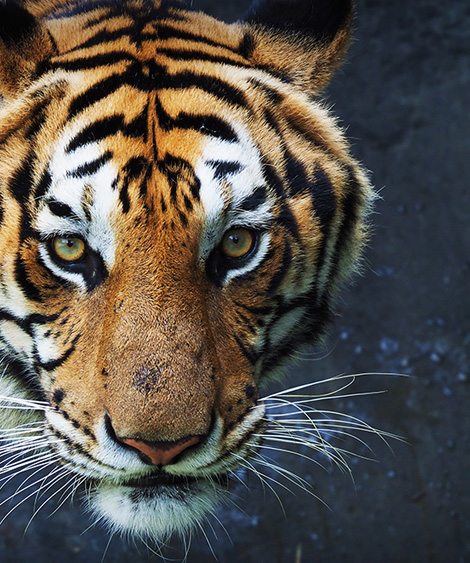
Endangered Animals: A Global Crisis
Animal migrations are one of the natural world's greatest spectacles. From the massive herds of wildebeests in Africa to the long flights of migratory birds, these journeys are driven by seasonal changes and the quest for survival, showing the incredible resilience of animals.
Biodiversity is essential for the stability of ecosystems, ensuring that no single species dominates. A rich variety of animal species helps ecosystems respond better to environmental changes, making them more resilient to disturbances like disease or climate shifts.
The growing number of endangered species is a global crisis that demands immediate attention. Habitat loss, illegal hunting, and climate change are driving many species to the brink of extinction, and conservation efforts are critical to preserving these vulnerable populations.
Animal Parenting: Diverse Approaches to Raising Offspring
Different animals have varied approaches to parenting. Some, like elephants, form strong family bonds and care for their young for years, while others, like sea turtles, leave their offspring to fend for themselves. These strategies reflect the diversity of life in the animal kingdom.
Apex predators, like lions, sharks, and eagles, sit at the top of the food chain. Their role in regulating prey populations helps maintain balance in ecosystems. Without these top predators, prey species can overpopulate, leading to ecological imbalances.
Animals
Species
Visitors per Year


Animals in Urban Environments
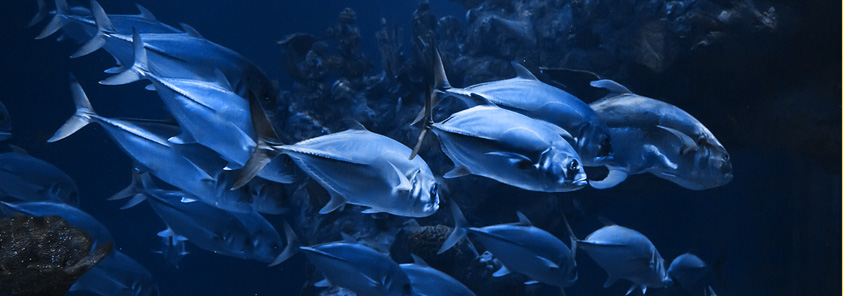
Invasive species are non-native animals that disrupt ecosystems by outcompeting or preying on native species. These animals can cause significant damage, threatening the balance of ecosystems and often leading to the decline of native species.
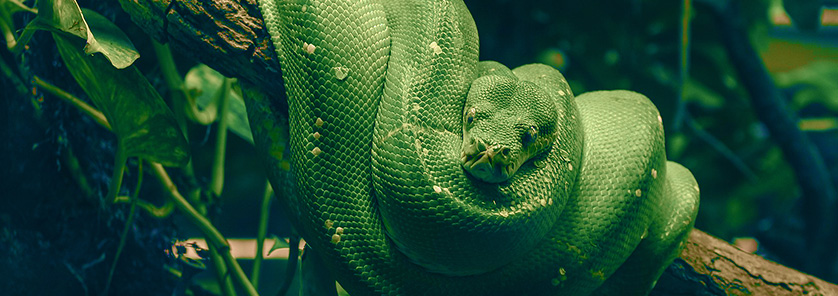
Some animals, like beavers, are considered environmental engineers because they physically alter their surroundings in ways that benefit entire ecosystems. Beaver dams, for instance, create wetlands that support a wide variety of plants, fish, and other wildlife.
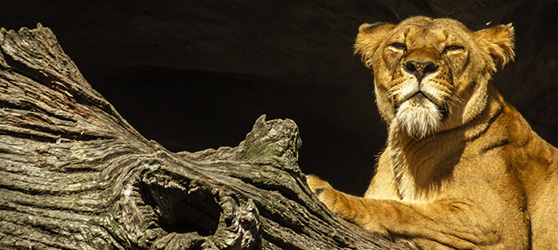
Many animals hibernate during winter to conserve energy and survive periods of scarce food. Bears, bats, and even some reptiles enter a state of deep rest, lowering their body temperature and metabolism to survive harsh conditions until resources become more plentiful.
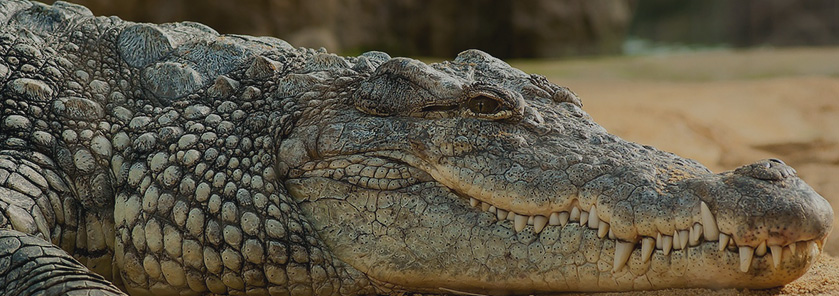
Symbiotic relationships are fascinating interactions where different species live closely together, benefiting from each other. For example, birds like oxpeckers help large mammals by eating parasites off their skin, illustrating how cooperation can lead to survival in the wild.


